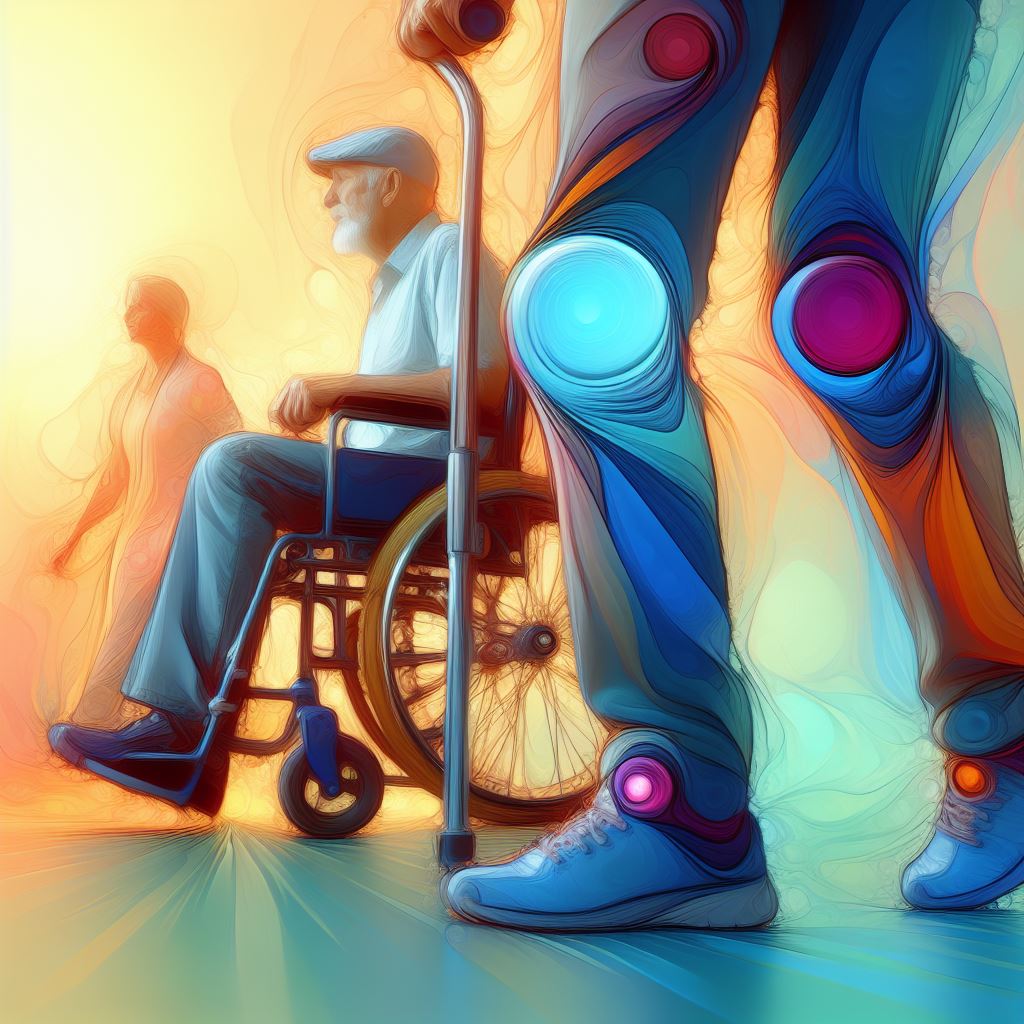
Understanding GaitSmart Rehabilitation Programme
GaitSmart, a rehabilitation exercise initiative, is designed to address mobility and gait issues. This CE marked class 1 medical device uses sensor-based digital technology. It monitors limb movement and assesses gait, creating a colour-coded report for patients and healthcare professionals. The test takes about 10 minutes and is usable in various settings. This fully automated, innovative technology seeks to improve gait assessment. It also aims to increase access to objective gait analysis, which could improve patient outcomes. In this article we highlight some aspects provided by The National Institute for Health and Care Excellence (NICE) in their recent review of the GaitSmart Rehabilitation Programme and its cost-effectiveness.
Clinical Effectiveness of GaitSmart
The clinical effectiveness of GaitSmart is a crucial factor in its overall value proposition. The technology has shown promising results in improving gait assessment and the choice of intervention, which could lead to improved patient outcomes. The clinical experts have noted that the risk of falls calculated by the external assessment group (EAG) was more realistic than that included in the company’s models. However, the experts have also pointed out the need for more evidence on GaitSmart’s clinical effectiveness, particularly in people at risk of falls. Ongoing and planned pilots evaluating GaitSmart’s use in the National Health Service (NHS) are expected to provide this much-needed evidence.
Cost Analysis of GaitSmart
The GaitSmart program costs about £82.00 per user. This price includes four assessment sessions and the vGym rehabilitation exercise program. It also covers the cost of hiring a healthcare assistant. The cost-saving potential of GaitSmart is significant when compared to standard care, primarily due to the reduced need for healthcare professional time and resources.
Cost Modelling and Savings
The company’s cost model revealed a cost saving of £2.90 per person using GaitSmart for fall risk, and £450.56 per person for hip and knee rehabilitation. The EAG revised these figures. They showed that GaitSmart saves £80.39 compared to standard care for hip or knee replacements. They also showed a saving of £28.70 for people at risk of falls compared to individual physiotherapy.
Further Evidence and Research
While the current evidence strongly suggests the cost-effectiveness of GaitSmart, further research is needed to solidify these findings. Several ongoing pilots evaluating GaitSmart’s use in the NHS could address existing uncertainties and provide more robust evidence of its benefits.
